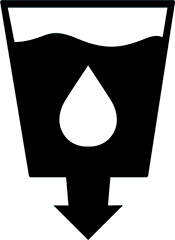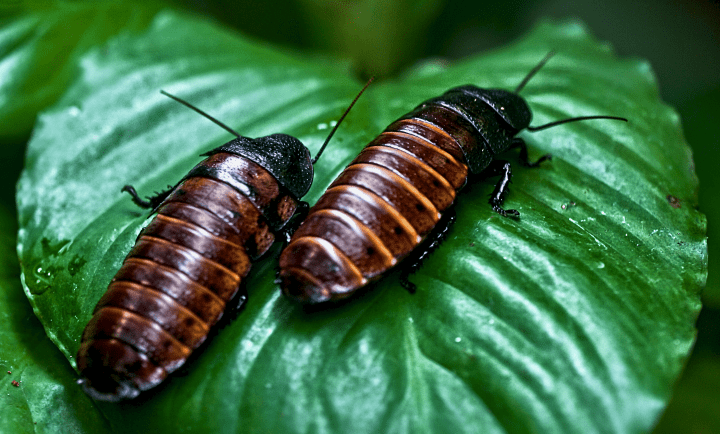Third Place - Middle School, National
UN Sustainable Development Goals Addressed
-

Goal 3: Good Health & Wellbeing
-

Goal 6: Clean Water & Sanitation
-

Goal 13: Climate Action
2023 Youth Design Challenge
This design concept was developed by participants in the Institute’s Youth Design Challenge. The descriptions below are from the team’s competition entry materials.
School: Wind Dance Farm & Earth Education Center
Location: Berkeley Springs, WV, USA
Coach: Leslie Devine Milbourne
Team members: Monroe Wohleber, Sonny Ramer, Sophie Bryner

Innovation Details
What is the problem your team solved for this challenge? What is the problem addressed? How is the problem connected to the selected SDG?
The problem we addressed is harmful pollutants released during incineration of pathological medical waste. There are a lot of different kinds of medical waste. We narrowed our focus on pathological medical waste, which is incinerated releasing harmful pollutants into air and water, and toxic ash is sent to landfills, which emits the greenhouse gas, methane. In addition, waste is stored in red plastic bags made with fossil fuels, and transported by trucks, emitting more greenhouse gases. The UN Sustainable Development Goals connected to our problem are Climate Action #13, Good Health and Well-Being #3, and Clean Water and Sanitation #6.
How was your solution inspired by nature? What (at least two) organisms did you learn from? How effectively did you combine the biological strategies for the final design?
Our design models four organisms. Three of them break down their preys’ bodies. The Green Bottle Fly uses mouth hooks and rough skin to scrap flesh and secrete enzymes onto prey for digestion. The Zombie Worm secretes acid to break bone so it can be bored. The Lamprey’s multipurpose tongue uses a rasp action breaking apart body surfaces, performs like scissors to cut tissue, and it drills into the flesh and bone. Our third iteration of design includes the Hissing Cockroach which has a one-way air flow created by thoracic and abdominal pores opening and closing at different times.
What does your design solution do? How does it solve or mitigate the problem you selected? How did what you learn inform your design?
Our design eliminates emissions of harmful pollutants. It is self-contained, breaking up pathological waste into compost, instead of bagging, transporting, incinerating, and sending ash to landfills. Waste goes down a shoot from the operating room utilizing air suction with a one-way air flow system into a break up chamber, where it is sprayed with acid and broken with hook, scissor, and rasp like mechanisms. After initial break up, solids enter a mid-chamber where secondary break up occurs, with drilling and sifting. Liquids drain into a chamber for composting. Both liquids and sifted solids go down shoots to a composting unit.
and the need for harvesting non-renewable materials. Learning about strength coming from structures helped us with building and testing our physical model since we knew that our test results would be accurate because it wasn’t the material itself we were testing. With all of these aspects put together, we created the Diatom Brick House.



